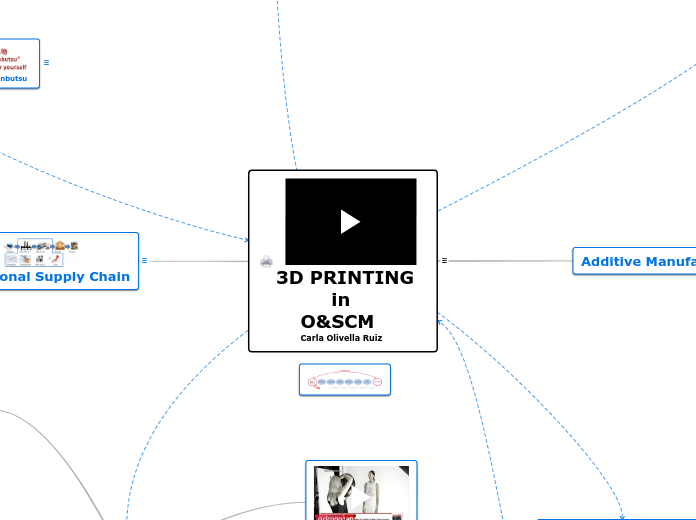Macroeconomics
IS-LM part 1 (equations)
Money and inflation
Money growth and inflation
Classical theory of inflation
Classical Dichotomy of Money neutrality
Changes in Money supply do not affect real values
The effects of monetary injection = [expansionary fiscal policy] Buy-in gov. Bonds from public in open market operations
Adjustment period
Equilibrium B
Increase in Demand for money
Increase in Price Level
Increase in Demand G/S
Increase in Value of Money
Equilibriumm A
Increase in Price level
Decrease Value of Money
Increase in Money supply
Money supply, demand and equilibrium
Money demand: how much wealth people want to hold in liquid form
Money supply: Central banks
The level of prices and the value of money
Value of Money
amount of G/S you can exchange for money
Level of Pries
price of basket
value of money measured in G/S
The monetary system
The bank of England
European central banks and eurosystem
the role of central banks
the meaning of money
Money in the economy
the kinds of money
liquidity
the functions of money
Financial market: Saving and Investment
The market for Loanable Funds
Government budget deficit and surpluses
Restrictive monetary policy
increases GDP
increases investment
decreases equilibrium interest rates
shift supply curve right
increased of supply of L.F
Expansionary fiscal policy
Crowding out effect
decreases GDP
decreases investment
increases equilibrium interest rate
shifts curve left
decrease of supply of L.F
policy 2: investment incentives
raises quantity of loanable funds supplied
raises equilibrium interest rate
Shifts demand curve right
Tax credit
policy 1: saving incentives
increase in GDP
increase in investment
decrease in interest rate
supply curve shifts right
taxation incentives (consumption)
Supply and demand for loanable funds
Saving and Investment in the national income accounts
the meaning of saving and investment
investment
Saving
Identities
Investment function
Io+iB
interest rate
Sensivity of investment with respect to interest rate
autonomous investment
Keynesian consumption function
Co+CYˆd
Disposable income
Marginal propensity to consume
Autonomus consumption
Private and public Saving
(T-G)
(Y-T-C)
National saving
S= (Y-T-C)+(T-G)
S=I
Financial system
Financial institutions in the economy
Financial intermediaries
investment funds
ordinary people access to skill of professional
diversify
banks
interest rates
loans
deposits
financial markets
Stock market/equity/shares --> equity finance
Bond market --> debt finance
maturity
principal
coupon
bond yield
bond term
Supply and demand
How prices allocate ressources
Demand and supply together
Steps to analysing changes in E
How has it affected E values?
Shifts or moves?
Determinant?
Supply or demand or both?
Supply and demand: 3 curves
Big change in D small change in S
Big change in S small change in D
No change in E. prices
Demand: 1 curve
Supply: 1 curve
Algebra of Market equilibrium
elimination
substitution
S=D
Price as signals
Sellers
Buyers
Equilibrium
Law of Supply and Demand
Shortage
Surplus
Equilibrium quantities
equilibrium market prices
Supply
Supply curve S= f(....)
Number of seller
Technology
Natural/Social factors
Expectations
Input prices (prices factors of production
Profitability of other goods in production and prices of goods in joint supply
Market supply vs individual supply
supply schedule
law of supply
Quantity supplied
Demand
demand curve D= f(....)
shift
population
expectations
advertising
tates
Income
Inferior goods
Normal goods
complements
Substitututes
Movement
substitution effect
income effect
Market vs individual demand
demand schedual
quantity demanded
law of demand
Markets and competition
Assumption: competitive markets
Monopsony
monopolistically competitive
Oligopoly
Monopoly
competition perfect
free mobility of factors of production
free entry/exit
transparency of information
homogenous product
many B/S (ATOMICITY)
Economic agents are price takers
negligible influence in M.price
many B/S
markets
Measuring national income and inflation
Correcting economic variables for the effects of inflation
Real and nominal interets rates
Real interest rate (purchasing power) = Nominal interest rate (interests) – inflation rate
Indexation
money figures from different times
Amount in todays $ = amount in year T $ * (Price level Today/Price level in year T)
Inflation (<-- CPI)
RPI
HIPCP
- 4% income of households deriving ¾ of income from state benefits
House mortgage interest payments
Council taxes
different G/S
Problems in measuring the Cost of Living
relevance of the CPI
unmeasured quality change
Introduction of new goods
Substitution bias
CPI
Students in hostels, international
Compute inflation
CPIy2-CPIy1/CPIy1*100
choose base year and compute index
CPI year x/CPI base year *100
compute basket cost
P*Q
find prices of each G/S at each point in time
fix the basket
National income (GDP)
GDP and economic well being
International Differences in GDP and quality of life
high DGP = better quality of life
literacy
life expectancy at birth
limitations
distribution of income
quality of environment
activities outside markets
leisure
Real vs Nominal GDP
GDP deflator
Nominal GDP/Real GDP * 100
(not) corrected for effects of inflation
base year
quantity effect
price effect
Added values OR Y= C+I+G+NX
Net exports
Government Purchases
transfer payments
Investment
Consumption
Measurement of GDP
Definition GDP
In a given period of time
Within a country
Produces
Goods and Services
final
intermediate
all
market value
Economy's income and expenditure
Thinking Like and Economist
Why economists disagree
economists as decision makers
make decision or not
cost/benefit definition, compute and analyse
identifying issue
perception vs reality
differences in vlaues
differences in scientific jugement
Economists as Policy advisors (improve the world)
Normative analysis
positive analysis
Economists as scientists (explain the world)
Scientific methodology
Rationalism
Empiricism
deductive reasoning
inductive reasoning
Economic models
Circular flow diagram
input/output flow
money flow
2 economic agents
2 markets
Rationalist ≠ empiric economists
Understand reality
assumptions
Theories (scientific method)
verify or not theory
collect data
lab experiments
natural experiments
hypothesis = asummptions
intuition
mathematics
diagrams
graphs
exogenous
endogenous
Economic problem: What? How? To whom? 10 principles
How the economy works as a whole
Society face a short-term trade-off between inflation and unemployment
Business cycle
philips curve
Prices rise when the government prints too much money
Inflation
An economy's standard of living depends on its ability to produce goods and services
GDP per capita
but limitations
standard of living
Productivity
Microeconomics ≠ Macroeconomics
How people interact
Government can sometimes improve market outcomes
≠market failure
market power
externality
efficiency
equity
Markets are usually a good way to organise economy
Adam smith and the invisible hand
Market economy
Trade can make everyone better off
How people make decisions
People respond to incentives
change trade-off
perverse effect
Rational people think at the margin
Opportunity cost
People face trade-offs
unlimited wants and needs
Scarcity
Limited ressources
Capital
Labour
Land









